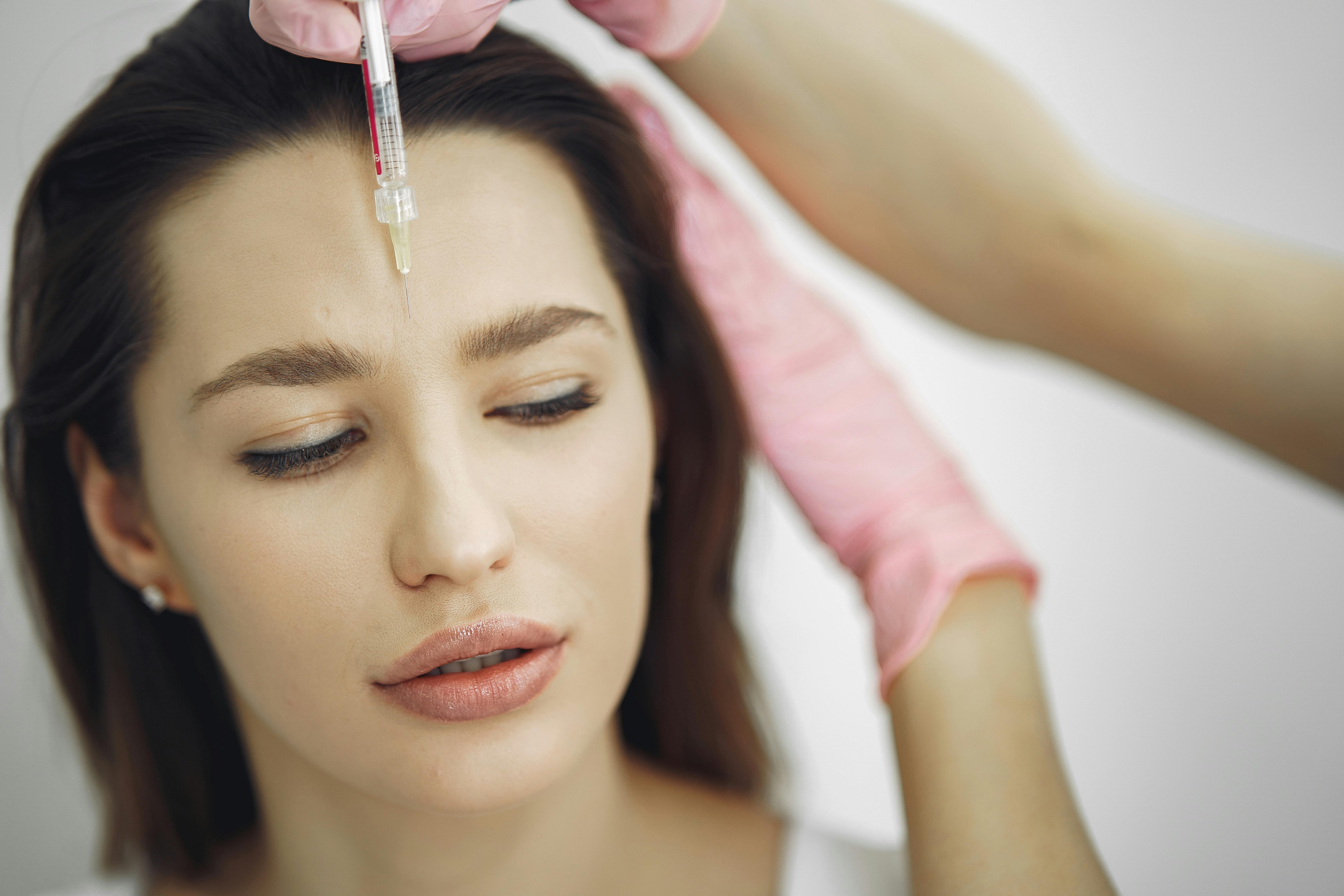Platelet-Rich Plasma: A Game-Changer in Skin Rejuvenation
Platelet-rich plasma (PRP) therapy has emerged as a revolutionary treatment in the field of dermatology and aesthetic medicine. This innovative procedure harnesses the body's natural healing processes to rejuvenate skin, stimulate hair growth, and address various skin concerns. PRP therapy involves extracting a small amount of the patient's blood, processing it to concentrate the platelets, and then reinjecting this platelet-rich solution into targeted areas of the skin or scalp. The concentrated platelets release growth factors that promote tissue repair and regeneration, leading to improved skin texture, reduced signs of aging, and enhanced hair growth. As more research supports its efficacy and safety, PRP has gained popularity among both practitioners and patients seeking non-invasive, natural alternatives to traditional cosmetic treatments.

PRP in Skin Rejuvenation
In the realm of skin rejuvenation, PRP therapy has shown promising results for various concerns. It can help reduce the appearance of fine lines and wrinkles, improve skin texture and tone, and enhance overall skin quality. The treatment is particularly effective for addressing under-eye hollows, nasolabial folds, and acne scars. PRP can be used as a standalone treatment or in combination with other procedures such as microneedling or laser therapy to enhance results. Many patients appreciate the natural approach of PRP, as it utilizes their own body’s healing mechanisms without the introduction of synthetic substances.
PRP for Hair Restoration
Hair loss is a common concern affecting both men and women, and PRP has emerged as a promising solution in this area. When injected into the scalp, PRP can stimulate dormant hair follicles, promote hair growth, and improve hair thickness and density. The growth factors in PRP help nourish hair follicles, extend the growth phase of the hair cycle, and increase blood supply to the scalp. This treatment has shown particular efficacy in treating androgenetic alopecia, also known as male or female pattern baldness. While not a cure for hair loss, PRP can significantly slow down the progression of hair thinning and improve overall hair quality.
The PRP Treatment Process
A typical PRP treatment session begins with blood collection from the patient, usually from a vein in the arm. The blood is then processed in a centrifuge to separate the platelet-rich plasma from other blood components. This concentrated PRP solution is then injected into the targeted areas of the skin or scalp using fine needles. The entire process usually takes about an hour, and patients can typically resume their normal activities immediately after the treatment. For optimal results, a series of treatments spaced several weeks apart is often recommended, followed by maintenance sessions as needed.
Advantages and Limitations of PRP
One of the primary advantages of PRP therapy is its autologous nature, meaning it uses the patient’s own blood, minimizing the risk of allergic reactions or infections. The treatment is relatively quick, with minimal downtime and few side effects. However, PRP is not without limitations. Results can vary among individuals, and multiple sessions are often necessary to achieve optimal outcomes. The treatment may not be suitable for everyone, particularly those with certain blood disorders or who are taking blood-thinning medications. Additionally, while PRP has shown promising results in many cases, more long-term studies are needed to fully understand its efficacy and longevity of results.
PRP in Combination Therapies
To enhance the effectiveness of PRP, many practitioners combine it with other aesthetic treatments. Microneedling with PRP, often referred to as the “vampire facial,” has gained popularity for its ability to improve skin texture and tone while minimizing fine lines and scars. The microneedling process creates tiny channels in the skin, allowing for better penetration of the PRP solution. PRP can also be combined with laser treatments, dermal fillers, or even fat grafting to achieve more comprehensive rejuvenation results. These combination approaches often yield synergistic effects, providing patients with more dramatic and longer-lasting improvements.
The Future of PRP in Aesthetic Medicine
As research in regenerative medicine continues to advance, the applications of PRP in aesthetic treatments are likely to expand. Scientists are exploring new ways to optimize PRP preparations and enhance their regenerative potential. Some researchers are investigating the use of PRP in combination with stem cells or exosomes to further boost its therapeutic effects. Additionally, ongoing studies are examining the potential of PRP in treating various dermatological conditions, such as chronic wounds, vitiligo, and certain types of alopecia. As our understanding of the mechanisms behind PRP’s efficacy grows, we can expect to see more targeted and refined applications of this therapy in the future.
In conclusion, platelet-rich plasma therapy represents a significant advancement in the field of skin and hair rejuvenation. By harnessing the body’s natural healing processes, PRP offers a safe and effective option for those seeking to improve their appearance without resorting to more invasive procedures. As research continues and techniques are refined, PRP is likely to play an increasingly important role in aesthetic medicine, providing patients with natural, long-lasting results. While it may not be a panacea for all skin and hair concerns, PRP has undoubtedly earned its place as a valuable tool in the dermatologist’s and aesthetic practitioner’s arsenal.





